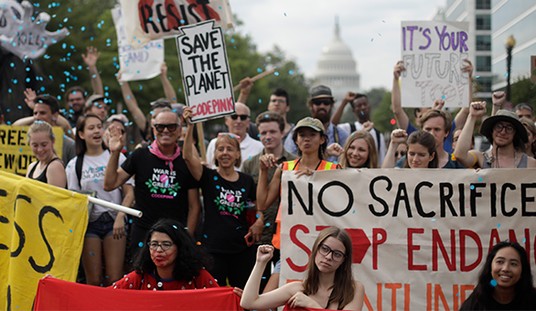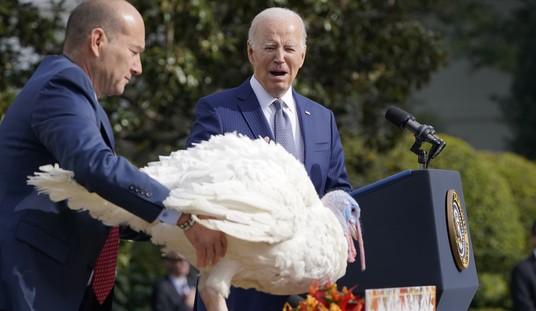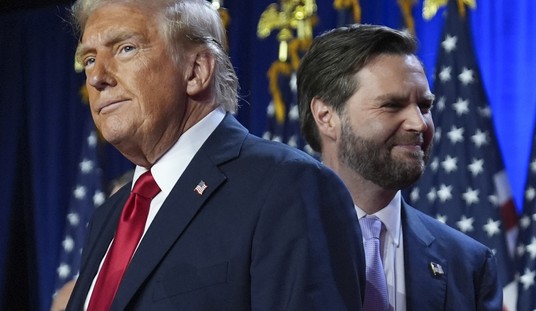“Sequester.” It’s a word that used to come up rarely. And it nearly always referred to a jury being locked away to deliberate a verdict.
Now it’s all over the news, a stand-in for the automatic spending cuts that hit the federal budget on March 1. And the only jury is an American public that has grown all too accustomed to seeing politicians dodge the tough choices necessary to finally bring spending under control.
“There will be no easy off ramps on this one,” said one senior statesman as he defended sequestration in November 2011. “We need to keep the pressure up to compromise, not turn off the pressure. The only way these spending cuts will not take place is if Congress gets back to work and agrees on a balanced plan to reduce the deficit by at least $1.2 trillion. That’s exactly what they need to do. That’s the job they promised to do, and they’ve still got a year to at least figure it out.”
That year has come and gone. Sequestration looms. And what do we hear now? “These cuts are not smart,” one politician said recently. “They are not fair. They will hurt our economy.”
Who said that? President Obama. Oh, who was the “senior statesman” quoted above? President Obama.
He was very emphatic 14 months ago. “Already some in Congress are trying to undo these automatic spending cuts,” he said. “My message to them is simple: No. I will veto any effort to get rid of those automatic spending cuts to domestic and defense spending.”
Quite a switch, even by Washington standards. There must be skid marks all over the road from that U-turn.
Can spending be reduced more responsibly? Of course it can. Sequestration is a blunt instrument, a jagged tool that makes across-the-board cuts. Some of the president’s favorite programs will be hit as surely as some of his opponents’. It falls most heavily on defense; fully half the cuts would affect national security. In an increasingly dangerous world, that’s highly irresponsible, to say the least.
Recommended
But if lawmakers refuse to make more responsible cuts, then sequestration is doing exactly what it was designed to do: force some needed reductions (albeit indiscriminate ones) in a budget that’s flooded with red ink.
How bad is it? At current levels, federal spending is set to almost double over the next 10 years, from $3.6 trillion to $5.9 trillion. And for all of the howling over sequestration, that looming axe is set to fall on only 2.4 percent of the total amount. Worse, the biggest and fastest-growing part of the budget is nearly exempt: entitlement programs.
“Social Security and Medicare are unaffordable in their current forms,” write budget experts J.D. Foster and Alison Acosta Fraser. “When this year's kindergarteners enter college, just 13 years away, spending on these two programs plus Medicaid and interest on the debt will devour all tax revenue.”
There are several steps Congress can take to address this problem. For one, they can reduce the Medicare subsidy for upper-income beneficiaries. It makes sense to subsidize benefits for low-income seniors, and perhaps for some middle-income seniors, but why are taxpayers being asked to give wealthy seniors a $5,000 subsidy to buy Medicare health insurance?
In the meantime, however, there are many sensible cuts Congress could make to achieve the same level of spending reductions mandated by sequestration. Why not drag Community Development Block Grants under the scalpel? Many of the $3 billion in grants from this program go to economically well-off communities that don’t need them. Then there’s theJob Corps. According to budget expert Patrick Louis Knudsen, it squanders $1.7 billion on “a demonstrably ineffective program that has failed to match many of its trainees with the jobs they were trained for.”
No, Mr. President, there are no “easy off ramps” on this one. But policymakers can’t keep refusing to exit the budget highway altogether, stuck in an endless loop of escalating spending hikes. Sooner or later, they’re going to run out of gas, i.e., our money. And the smart money is on sooner.
























Join the conversation as a VIP Member